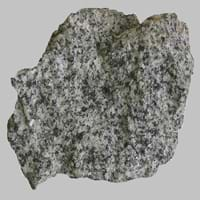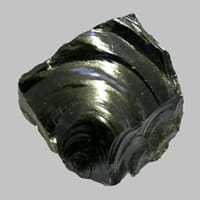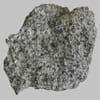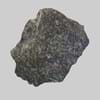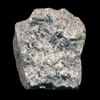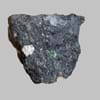Diorite vs Obsidian
Diorite vs Obsidian Information
Earth’s outer layer is covered by rocks and these rocks have different physical and chemical properties. As two rocks are not same, it’s fun to compare them. You can also know more about Diorite and Obsidian Reserves. Diorite is a grey to dark-grey intermediate intrusive igneous rock composed principally of plagioclase feldspar,biotite, hornblende, and pyroxene. Obsidian is a naturally occurring volcanic glass formed as an extrusive igneous rock. It is produced when felsic lava extruded from a volcano cools rapidly with minimum crystal growth. These rocks are composed of many distinct minerals. The process of formation of rocks is different for various rocks. Rocks are quarried from many years for various purposes. You can check out Diorite vs Obsidian information and Diorite vs Obsidian characteristics in the upcoming sections.
Diorite vs Obsidian Characteristics
Though some rocks look identical, they have certain characteristics which distinguish them from others. Characteristics of rocks include texture, appearance, color, fracture, streak, hardness etc. Diorite vs Obsidian characteristics assist us to distinguish and recognize rocks. Also you can check about Properties of Diorite and Properties of Obsidian. Learn more about Diorite vs Obsidian in the next section. The interior uses of Diorite include Decorative aggregates and Interior decoration whereas the interior uses of Obsidian include Decorative aggregates and Interior decoration. Due to some exceptional properties of Diorite and Obsidian, they have various applications in construction industry. The uses of Diorite in construction industry include As dimension stone, Cement manufacture, Cobblestones, Construction aggregate, For road aggregate and that of Obsidian include Arrowheads, Cutting tool, Knives, Scrapers, Spear points.
More about Diorite and Obsidian
Here you can know more about Diorite and Obsidian. The life cycle of a rock consists of formation of rock, composition of rock and transformation of rock. The composition of Diorite and Obsidian consists of mineral content and compound content. The mineral content of Diorite includes Albite, Amphibole, Apatite, Biotite, Feldspar, Hornblade, Ilmenite, Magnetite, Muscovite or Illite, Olivine, Plagioclase, Pyroxene, Quartz, Sulfides, Titanite, Zircon and mineral content of Obsidian is not available. You can also check out the list of all . When we have to compare Diorite vs Obsidian, the texture, color and appearance plays an important role in determining the type of rock. Diorite is available in black, brown, light to dark grey, white colors whereas, Obsidian is available in black, blue, brown, green, orange, red, tan, yellow colors. Appearance of Diorite is Shiny and that of Obsidian is Shiny. Properties of rock is another aspect for Diorite vs Obsidian. The hardness of Diorite is 6-7 and that of Obsidian is 5-5.5. The types of Diorite are Not Available whereas types of Obsidian are Fireworks Obsidian, Mahogany, Sheen Obsidian, Snowflake obsidian and Velvet Peacock Obsidian. Streak of rock is the color of powder produced when it is dragged across an unweathered surface. The streak of Diorite is bluish black while that of Obsidian is white. The specific heat capacity of Diorite is Not Available and that of Obsidian is 0.92 kJ/Kg K. Depending on the properties like hardness, toughness, specific heat capacity, porosity etc., rocks are resistant to heat, wear, impact, etc.Diorite is heat resistant, pressure resistant, wear resistant whereas Obsidian is heat resistant, impact resistant.
